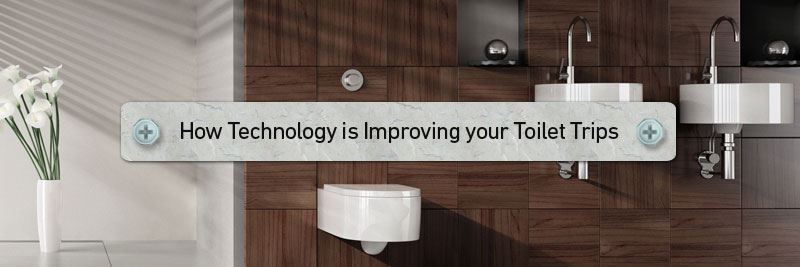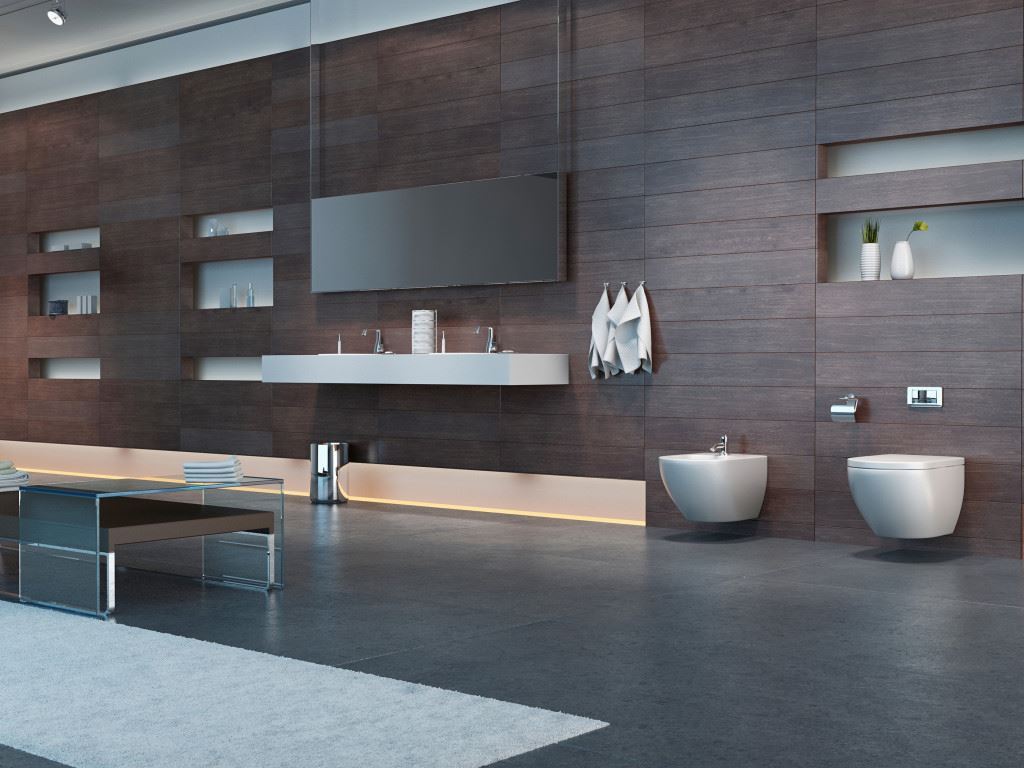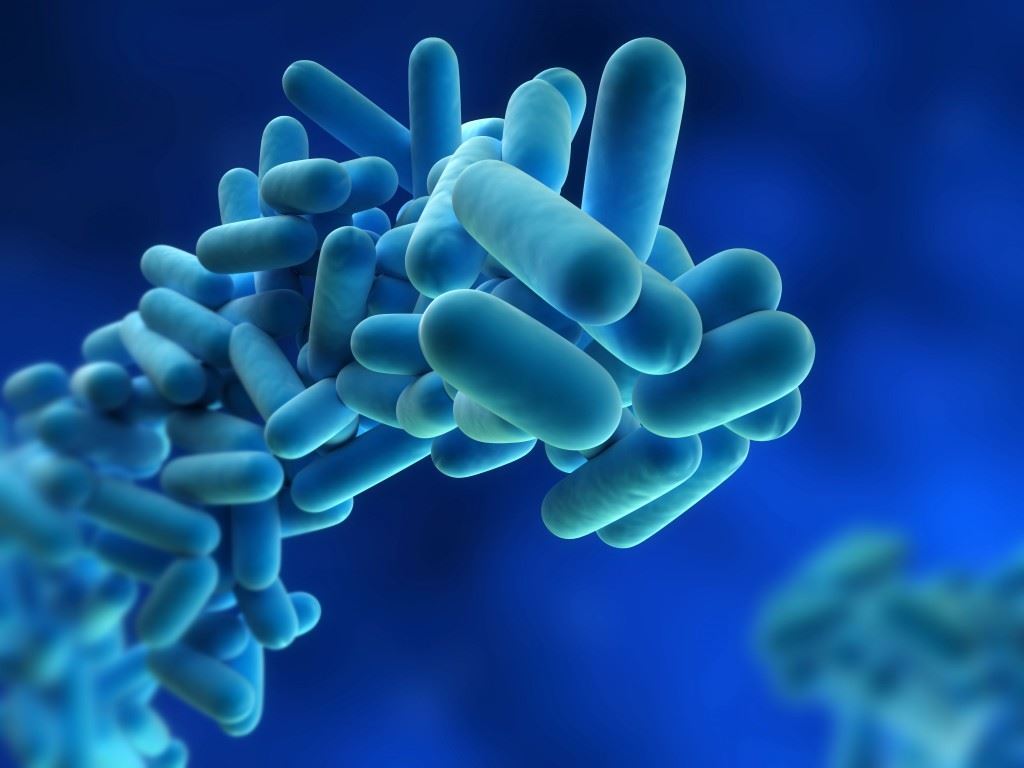If there’s one thing all humans have in common, regardless of gender, ethnicity, views or status is that we all need to go to the toilet, from time to time; at work, home and sometimes annoyingly on the go. For many years, the washroom didn’t really change much, apart from mild aesthetics following the design trends of any given year.
A toilet, sink and possibly a urinal – this was the standard layout for years and years before technology stepped in and allowed our washrooms to get a little cleverer, and improve our toilet trips. Whilst it may not seem it, the average washroom these days has a huge amount of automation built into it, from flushing, to air freshening and washing your hands – at every stage of the lavatorial process, technology lends a hand.
Technology is helping us fight germs, which is a an important battle to win, in a washroom. It’s doing this through two main avenues – touchless technology and antibacterial coatings. Both of these work together seamlessly, despite one leading the charge, and the other being invisible to the naked eye.
Touchless technology is a huge leap, with regards to eliminating germs in our washrooms, and making them safer and cleaner. It’s entirely possible to walk into a washroom and not touch anything apart from your own pants – waving a hand over a button to flush the toilet, sporting some questionable shapes to initiate the tap, soap and finally hand dryer to wash your hands, before walking out and being greeted with a burst of scented smells from a timed air freshener. We take a lot of this for granted, however, touchless technology is truly revolutionising how we interact with our washroom and is one of the biggest weapons we have in our fight against germs.
Also on our blog: The Growth of Touchless Technology
The other member of the germ-fighting team is only useful when you actually do touch a surface – antimicrobial coatings, often found on hand dryers, baby changers and sometimes door handles is a special coating that kills germs on its surface if they’re there for longer than around 10 minutes. Of course, in a heavily used washroom, like a service station or in a busy office, the 10 minute kill time wouldn’t be enough to fully eliminate germs, but in the majority of washrooms, teamed with touchless technologies, antimicrobial coatings are an invisible but highly effective germ killer.
Where will this take us in the future? The future of washroom technology is in efficiency. Energy, time and space, all maximised to offer the best toilet trip possible for the user.
Naturally, the human process of going to the toilet isn’t going to speed up anytime soon, and the thought of technology that would speed it up is simply terrifying, however, this isn’t the only way to speed up a trip to the toilet. Time efficiency can easily be maximised through the use of technology, in washrooms, as hand dryers get more efficient and better for drying our hands, the man-hours for cleaning them is reduced thanks to hydrophobic surfaces and touchless technology as well as integrated soap and water taps that make hand washing a one-stop process (There are also taps with built in hand dryers!)
Energy efficiency in washroom is constantly improving – energy conservative hand dryers, low energy bulbs and automatic taps that reduce water wastage are just a few common examples, although there is much more exciting technology on the horizon, including urinals that can generate electricity, taps that create mesmerizing patterns to save water and a bus that can be powered purely from human poop!
Back




